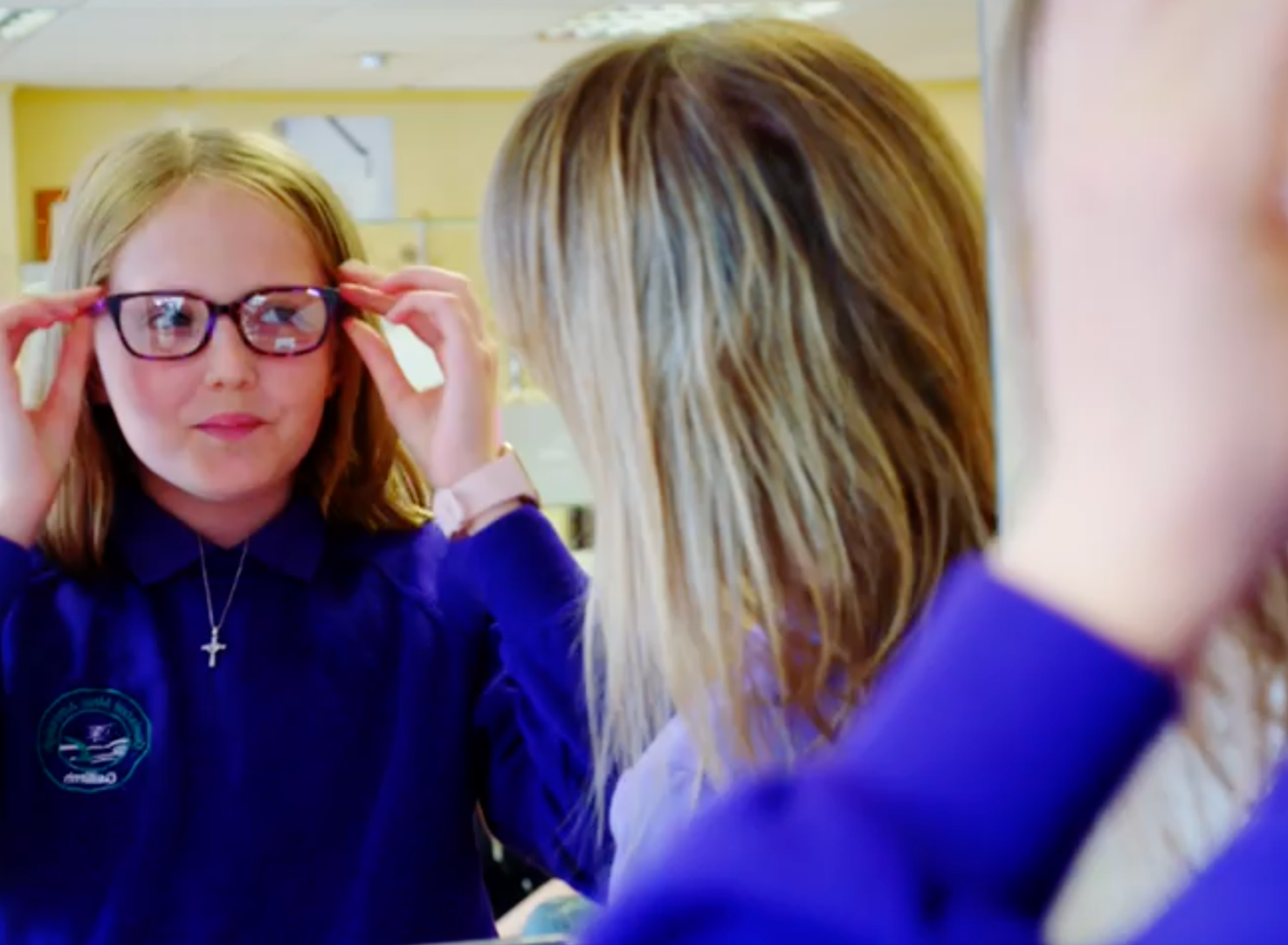Glasses

We have a wealth of experience in examining children and fitting them with glasses. We have a fabulous selection of frames where comfort, style, fitting and child satisfaction are all equally important.
Why does my child needs glasses?
Congratulations. This is a positive development. Your child was having visual issues (which may or may not have been known to you) and now we are going to solve these issues. Because a childs visual system is growing and developing, especiallly during the first 7 years of their life, glasses may play an important role in ensuring NORMAL DEVELOPMENT OF VISION
Will wearing the glasses make my child’s eyes worse?
Absolutely NOT. In fact the opposite may be true. If a child does not wear the prescribed glasses, normal vision development can be adversely effected.
